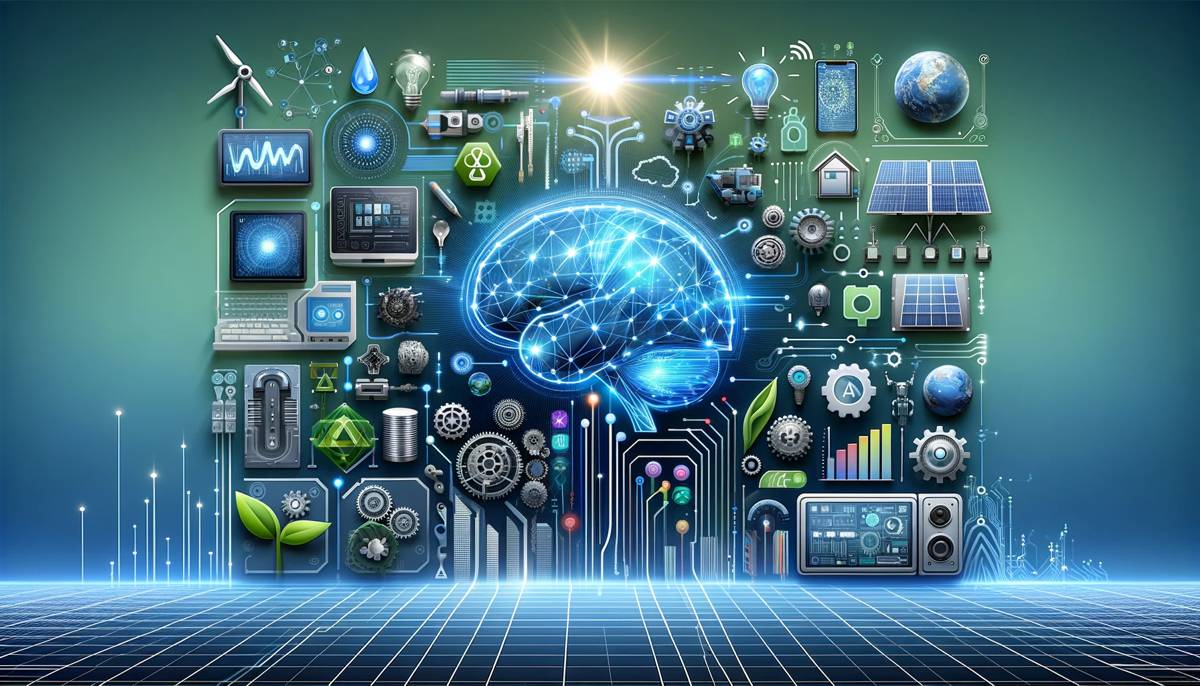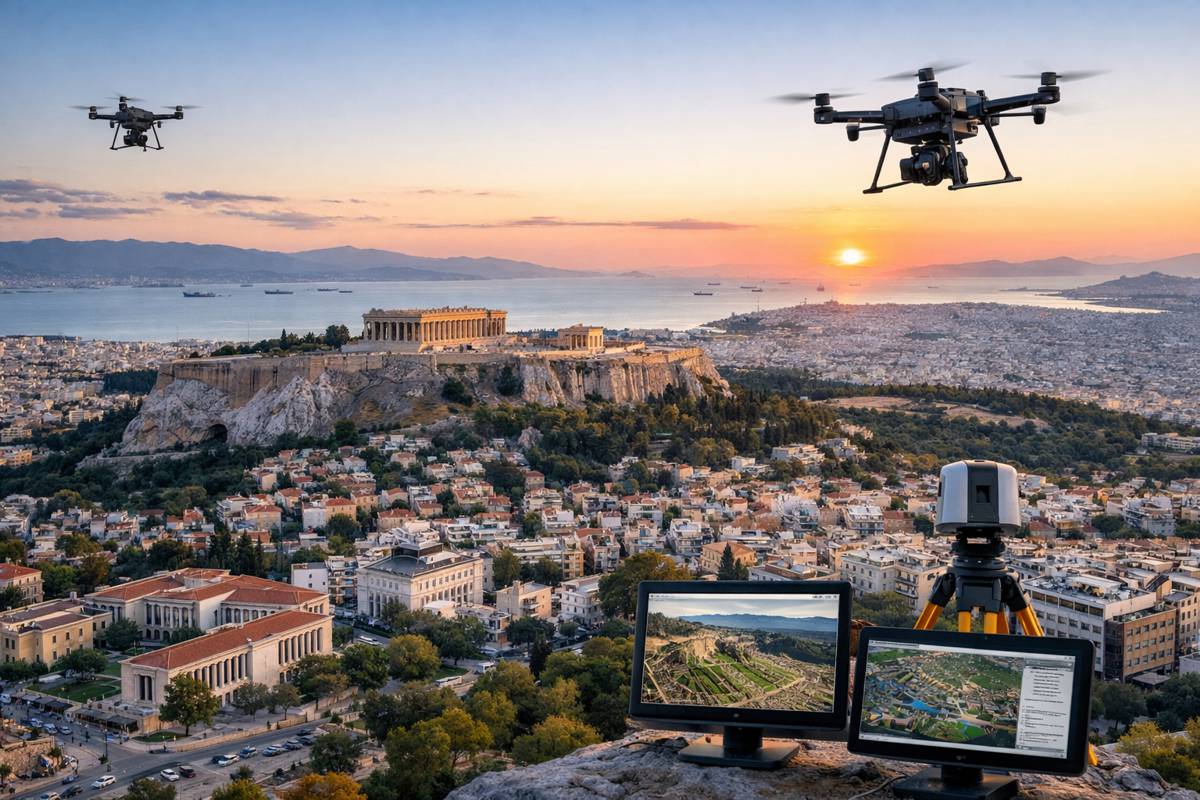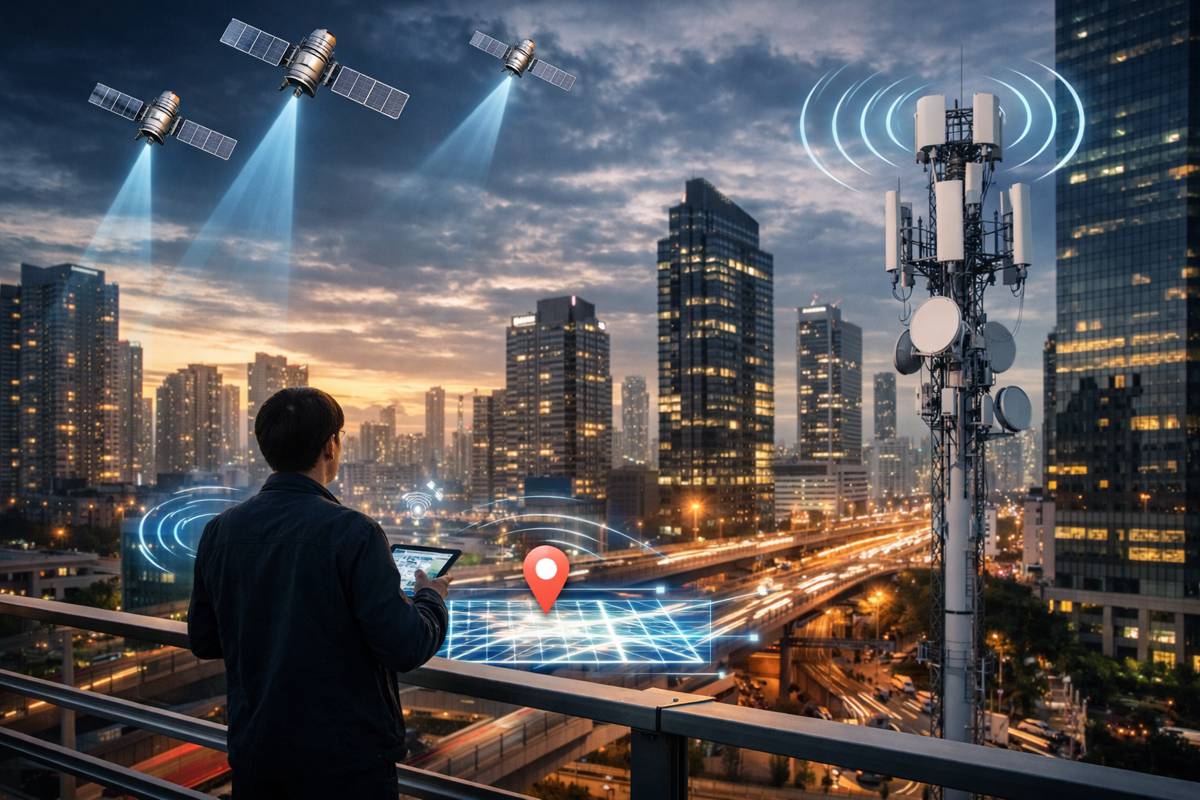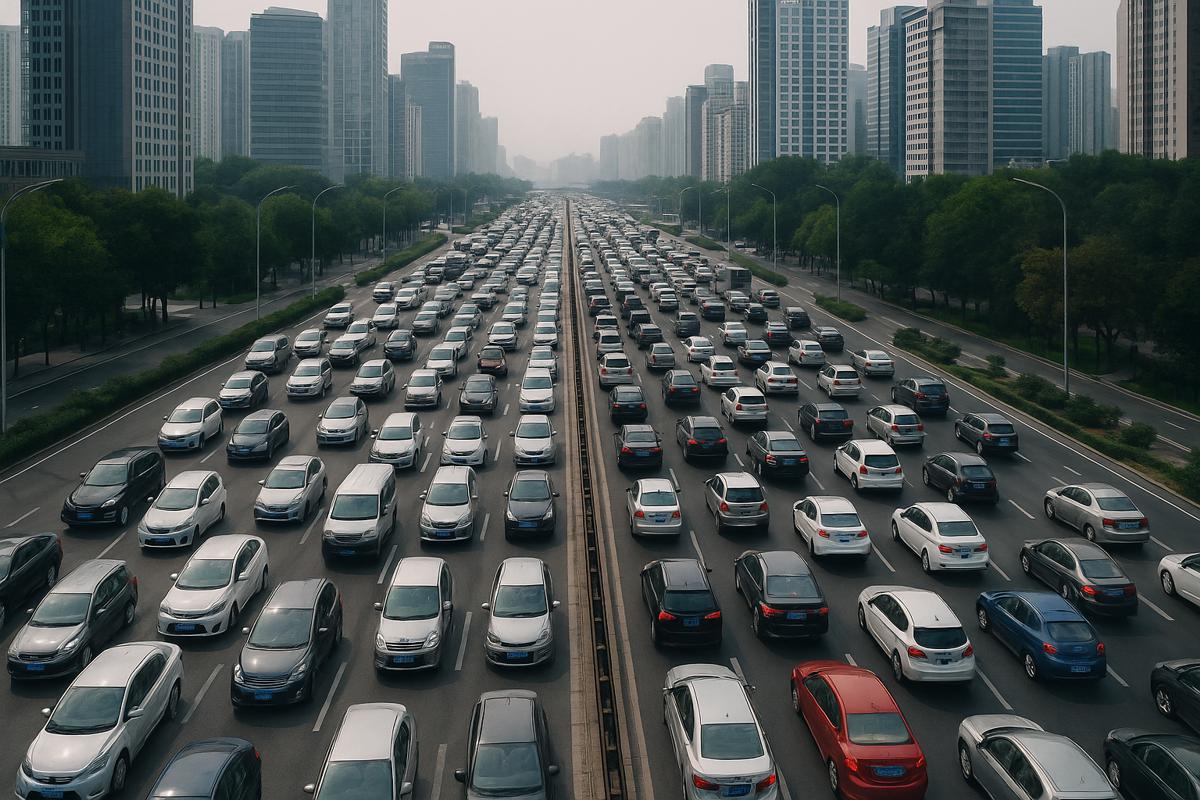Energising the Future with Smart Microgrids
In an era where energy demands are escalating and climate change poses increasing challenges, the realm of power restoration is witnessing a paradigm shift, courtesy of the innovative minds at UC Santa Cruz.
Spearheading this revolution is Assistant Professor Yu Zhang and his team, who are employing artificial intelligence (AI) to redefine how we restore power in times of crisis.
The Imperative of Swift Power Restoration
“High winds knock out a power line, and a community can go without power for hours to days,” a situation all too common in our modern world.
These scenarios aren’t just inconveniences; they are stark reminders of our vulnerability in the face of nature’s fury and the limitations of our existing power infrastructure.
AI and Microgrids: A Symbiotic Relationship
Microgrids are the focal point of Zhang’s research. These localized grids, often integrated with renewable sources, present a unique opportunity for a resilient power supply.
Zhang’s team leverages AI for smarter control of these microgrids, ensuring that power is restored efficiently when main utilities fail.
The AI Model: A Leap Forward
Zhang’s AI-based approach, detailed in their paper in the IEEE Transactions on Control of Network Systems, represents a leap forward in power restoration technology.
“Nowadays, microgrids are really the thing that both people in industry and in academia are focusing on for the future power distribution systems,” Zhang emphasizes.
Reinventing Energy Systems
Modern electricity systems are ‘smart’, interwoven with computers and sensors, and increasingly reliant on renewables.
Zhang’s research seeks to exploit this mix, using alternative sources to bridge the gap during outages. This approach not only promises quicker restoration but also a reduction in the reliance on traditional power sources.
Innovating with Deep Reinforcement Learning
At the core of their model is deep reinforcement learning, a technique mirroring the principles behind large language models. This AI method enables the system to adapt to environmental changes, ensuring efficient power distribution.
“We’re modeling a whole bunch of things — solar, wind, small generators, batteries, and we’re also modelling when people’s electricity demand changes,” explains Ph.D. student Shourya Bose.
Real-World Impact and Future Endeavours
The UC Santa Cruz team’s triumph in the L2RPN Delft 2023 competition, co-sponsored by France’s Réseau de Transport d’Électricité, showcases the real-world applicability and potential of their AI model.
This victory is a nod towards a future where large-scale grid operators may embrace AI and renewable energy techniques more broadly.
The Road Ahead
With their algorithm proven in simulations, the next step for Zhang’s team is to test their model on actual microgrids.
Their long-term vision includes implementing this solution on the UC Santa Cruz campus, addressing outage issues and possibly paving the way for wider industry collaboration.




















